Winter weather can play havoc with daily routines and turn simple tasks into dangerous physical challenges. And while our pets may not be responsible for buying groceries, getting to work, or clearing the sidewalk, they’re equally vulnerable to winter’s wrath.
Use the following cold safety tips from The Gentle Vet to keep your four-legged friend warm and cozy when the winter winds howl.
#1: Anticipate your pet’s needs
As with any severe weather, it’s important to stay tuned to the local forecast and be prepared. In addition to your normal winter weather preparations, ensure you have enough pet supplies in case you’re unable to leave home in the event of a storm. This includes any regular medications or supplements, pet food, and litter. Stock up on bottled water in case your pipes freeze. Cold-sensitive pets can benefit from a sweater, jacket, or coat.
Additional cold weather preparations include bringing outdoor pets inside. If you care for feral cats, provide shelters (e.g., pet igloos or insulated boxes) lined with warm straw bedding so they can escape the chill. Treat all walkways and steps with pet-safe ice melt to prevent dangerous slips and falls and paw irritation caused by traditional road salt.
#2: Limit your pet’s outdoor time
Like people, pets have an individual tolerance for cold temperatures. While short-haired and hairless pets may feel the chill on a 45-degree day, double-coated working dogs (e.g., Siberian huskies, Bernese mountain dogs, Alaskan malamutes) may feel right at home bounding through snow drifts. No matter which type of pet you have, never leave them unsupervised outdoors or in a parked vehicle during cold weather.
Hypothermia is a life-threatening condition that can progress rapidly—especially when the initial signs go unnoticed. Classic signs—listed from mild to severe—include:
- Shaking or shivering
- Limping or favoring one paw
- Refusing to continue a walk or play
- Palpably cold extremities
- Slow heart rate
- Decreased or shallow breathing
- Depression or mental dullness
- Dilated pupils
- Unresponsiveness
During the early stages, hypothermic pets will shiver and have increased heart and respiratory rates as the body’s circulatory and nervous systems work together to generate heat. As the pet’s body temperature falls, these signs subside—making it especially important to observe your pet and respond to early signs.
Although mild hypothermia can be addressed by taking your pet indoors and wrapping them in a blanket or a sweater, moderate and severe cases require veterinary attention. Contact The Gentle Vet if you suspect your pet is suffering from hypothermia.
#3: Care for your pet’s paws, skin, and coat
Winter conditions such as dry air, forced heat, rough ice, and harsh road treatments can irritate your pet’s skin, coat, and paw pads. Use these winter grooming tips to ensure your pet stays comfortable.
- Decrease bathing — Frequent bathing and drying can strip your pet’s natural skin oils and leave their skin dry and itchy. If your pet must be bathed, use or ask your groomer to finish with a moisturizing conditioner and ensure your pet is completely dry.
- Avoid shaving — Your pet’s coat has an insulating effect that protects them from the elements. Unless they are severely matted, avoid shaving them down during the winter months. Instead, ask your groomer to shorten your pet’s coat and feathering but leave 1 to 2 inches for warmth.
- Keep paws warm and dry — Like the skin, paw pads can become dry and cracked during the cold. In addition, rock salt and ice melt can cause painful inflammation and irritation. Check your pet’s paws daily for damage, and wash and dry them thoroughly after contact with harmful irritants. If necessary, use a moisturizing paw balm or boots to protect your pet’s paws from injury.
#4: Antifreeze and pets
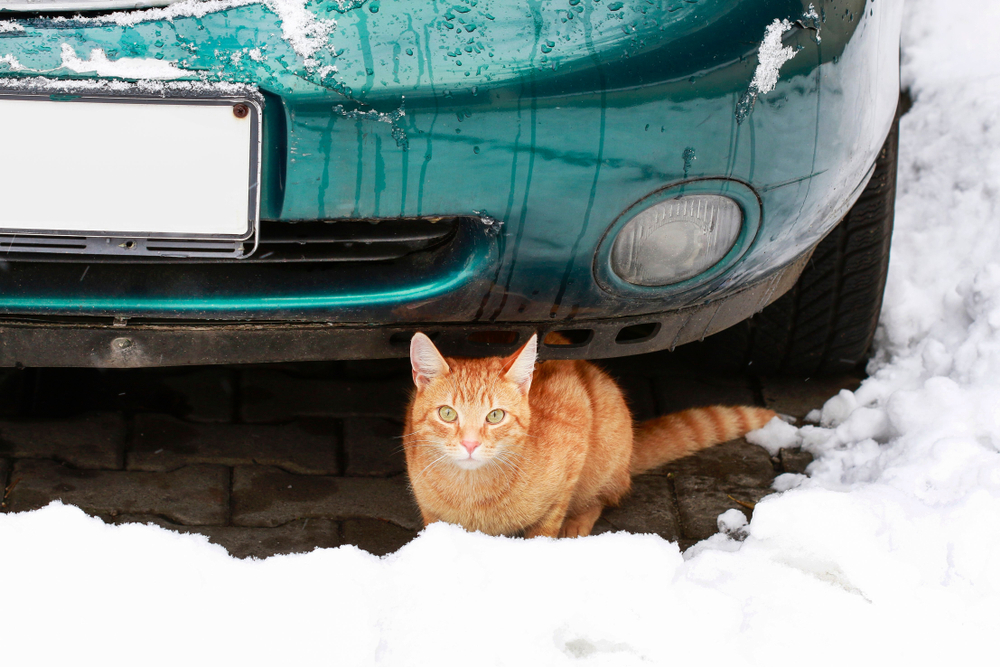
Antifreeze use increases during cold weather, meaning that more pets are likely to find and consume it and its sweet-tasting but extremely toxic ingredient, ethylene glycol. Ethylene glycol poisoning is dangerous and frequently lethal in dogs, cats, and other animals. Toxicity occurs rapidly, with initial signs appearing within 30 minutes to 12 hours, and irreversible kidney failure beginning within 12 to 24 hours after ingestion.
Protect your pet and other pets in your neighborhood by taking precautions, including:
- Storing all products — Ensure antifreeze and any other ethylene glycol-containing product (e.g., motor oil, hydraulic brake fluid, windshield deicer, wood stain, solvents, and paint) are kept in closed containers and are inaccessible to pets.
- Removing any spills — Immediately clean any drips or spills to prevent curious pets from lapping up a toxic dose.
- Supervising pets in unfamiliar enviroments — Closely monitor pet activity in garages, driveways, and parking lots where toxic fluids may have leaked onto the ground.
- Recognizing toxicity signs — During early toxicity, pets may experience lack of coordination, vomiting, lethargy, increased thirst and urination, hypothermia, and seizures.
Prompt veterinary treatment is essential for survival. If you know or suspect your pet has been exposed to ethylene glycol, contact The Gentle Vet or the nearest emergency veterinary facility.
Winter weather can be cruel and unpredictable. Stay one step—and paw—ahead by taking extra precautions before the mercury falls and the flurries fly. For additional cold weather tips and expert pet care in every season, contact your trusted pet care experts at The Gentle Vet.



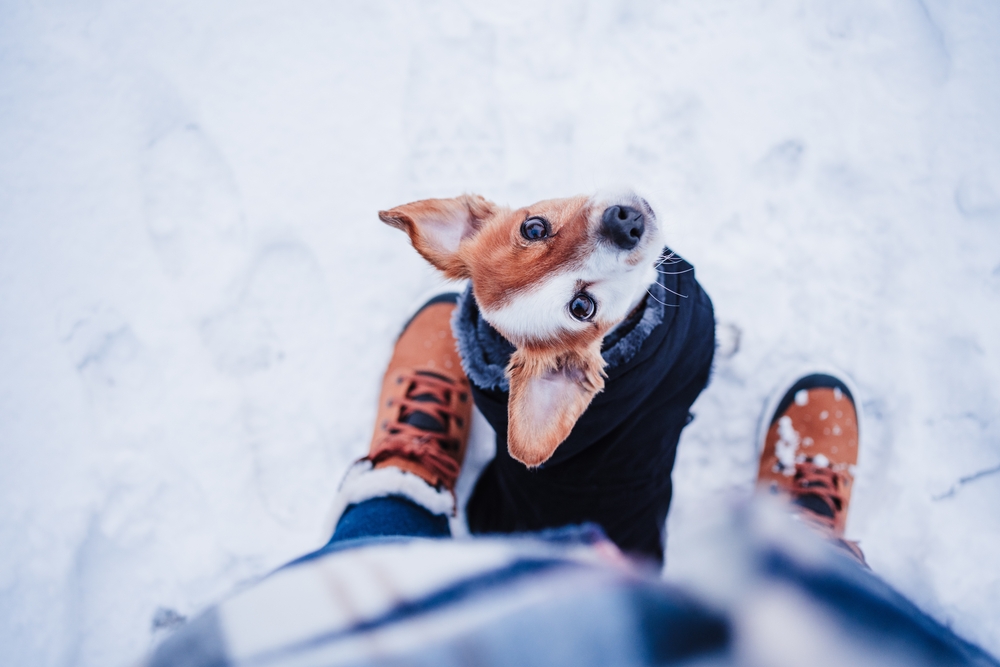
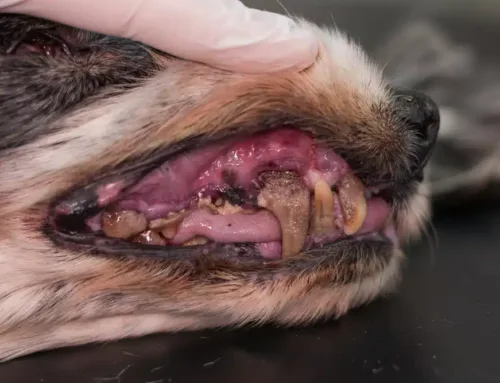
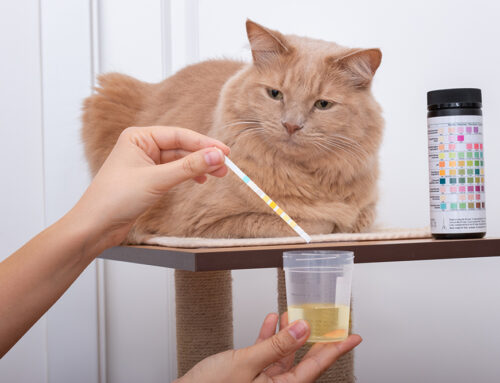

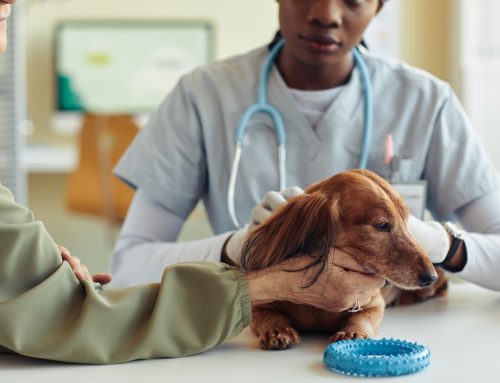
Leave A Comment